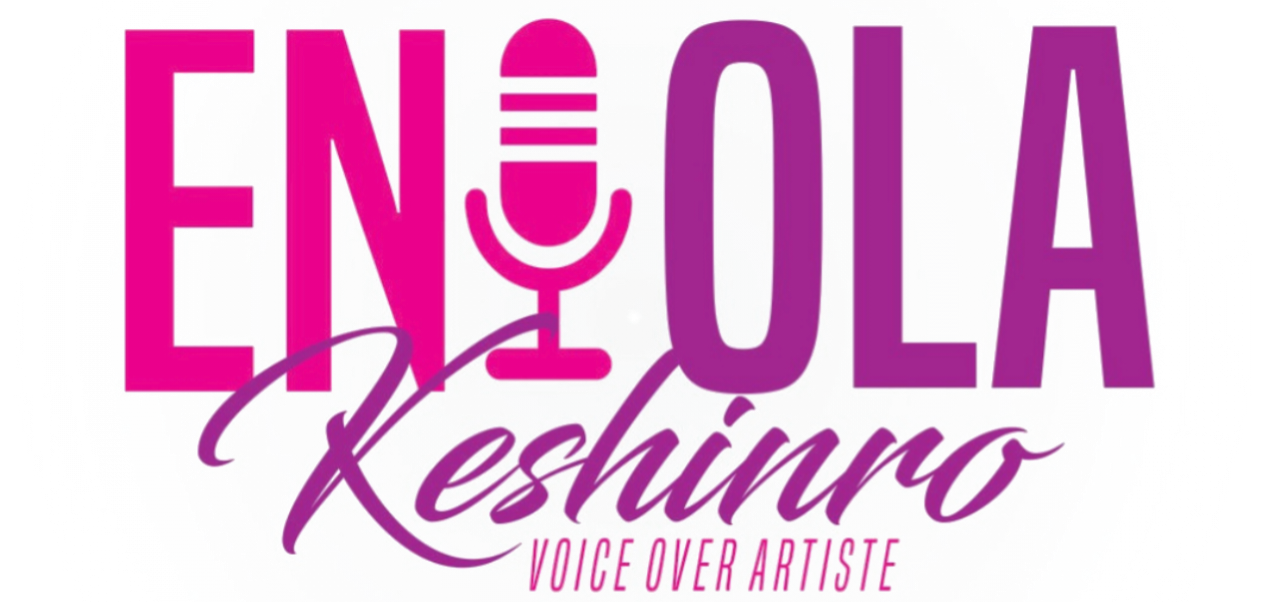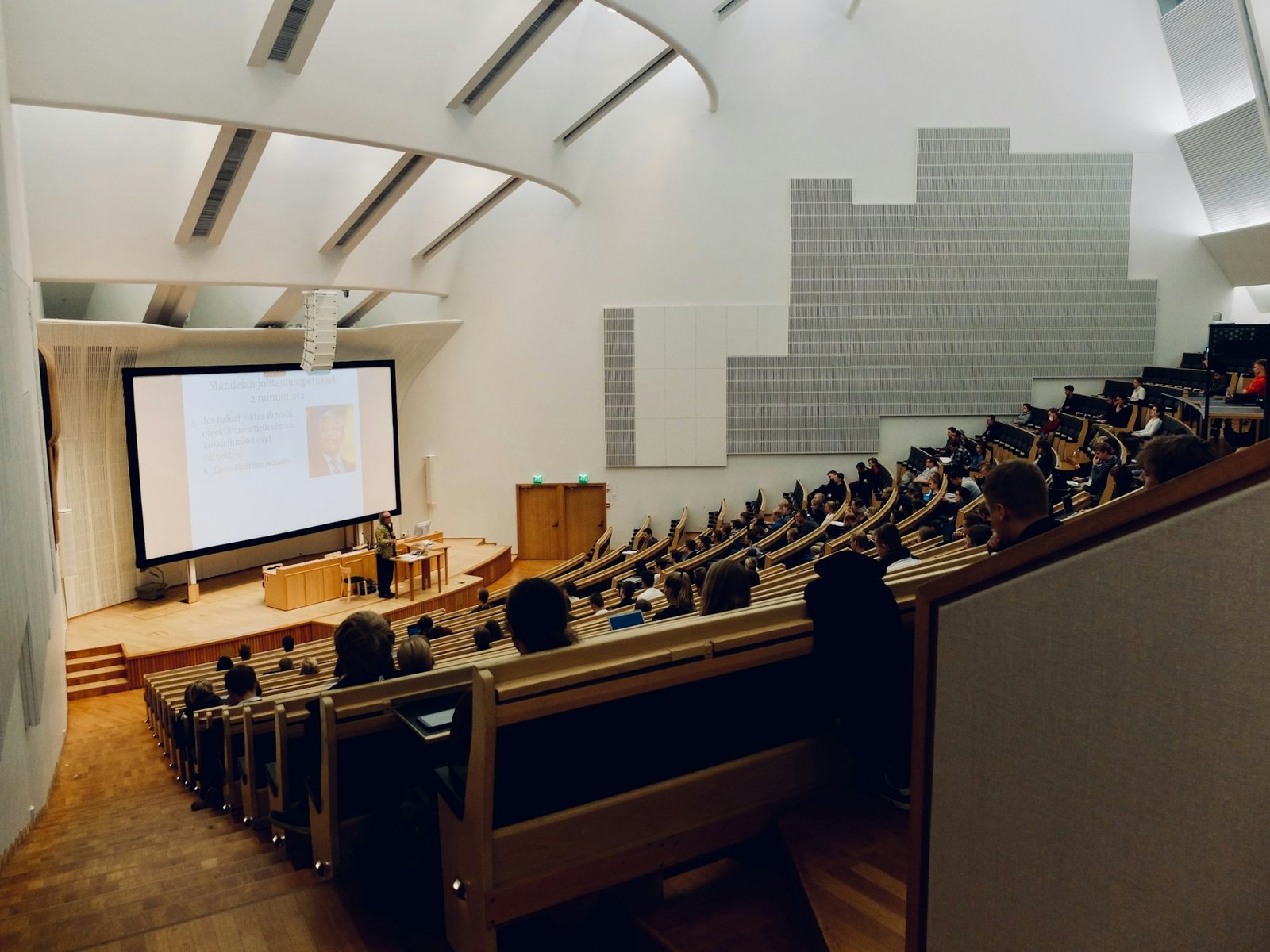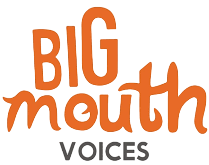A simple classroom exercise revealed surprising links among 11 voiceover students in Obanikoro, Lagos. They discovered shared traits that no one expected. This post explores how a brief storytelling session can connect people and strengthen voice artists’ skills. We present the details, explain why storytelling works, and offer tips you can use right away.
A Classroom Full of Surprises
The Setup
An instructor led a voiceover class called “Storytelling with Your Voice.” The class met on Day 4 of the Voice Over Academy Procourse. The room held 11 students. They came from different neighborhoods, families, and backgrounds. No one knew much about the others.
The Data
During an icebreaker, each student shared simple facts. The group found these patterns:
- 4 of the 11 studied Mass Communication.
- The class had 3 men and 8 women.
- 6 of the 11 were firstborn children.
- 3 of the 11 chose the University of Benin (UniBen).
- 2 of the 11 attended the University of Lagos (Unilag).
- 2 students shared the first name Eniola.
- The group split into 2 Gen Z members and 9 Millennials.
No one planned these matches. They emerged as students spoke. The odds of all those overlaps seem low. Yet they happened in one room.
The Reaction
Students laughed and raised their eyebrows. They pointed at each other in surprise. The room felt smaller and more connected. Faces lit up. Conversations deepened. The numbers moved from data to shared stories.
The Power of the “What’s Your Story?” Activity
How It Works
The instructor asked each student to speak for two minutes. They described a personal moment, who they were without the job titles, a hobby they love, or a value they hold dear. No scripts. No pressure. The only rule was to speak from the heart.
Why It Resonates
- Vulnerability: Sharing real details builds trust.
- Empathy: Hearing another person’s experience sparks understanding.
- Memory: Stories stick in our minds more than facts.
When each student spoke, the group leaned in. They related to the highs and lows. They recognized parts of their own lives in others’ tales.
Why Storytelling Matters for Voiceover Artists
Story Is the Core of Voice Work
Voice artists do more than read lines. They convey characters, moods, and ideas. They guide listeners on a journey. That journey lives in the story.
Authenticity Drives Connection
When you speak your own story, your voice carries truth. Listeners sense that honesty. They respond with trust and attention.
Skill Building Through Story Practice
- Emotional Control: You learn to adjust tone and pace to match a feeling.
- Clarity: You refine how you pronounce words under pressure.
- Presence: You train yourself to stay in the moment and engage your audience.
By telling personal stories, you sharpen the same skills you use in narration.
The Science of Shared Experiences
Why We Bond Over Similarities
Psychologists show that people feel closer when they find common ground. Shared details act like social glue. They reduce feelings of difference and build rapport.
Memory and Storytelling
Our brains store stories more easily than raw data. A narrative with characters, conflict, and resolution creates mental hooks. We recall stories and the people who told them.
Application to Group Learning
In a class of voice artists, stories help students remember each other’s names and faces. They also recall vocal traits they heard. This aids collaboration and feedback.
How to Use Storytelling to Build Connection
Step 1: Choose a Simple Prompt
Pick a question that asks for a brief personal detail. For example:
- “What moment shaped your decision to study voice?”
- “What song do you play to boost your mood?”
- “What nickname did you have as a child?”
Keep prompts open enough for many answers, but focused enough to guide sharing.
Step 2: Set a Time Limit
Limit each speaker to one or two minutes. Short slots keep energy high. They prevent long monologues and allow everyone to speak.
Step 3: Listen Actively
Encourage listeners to nod, smile, or react with short verbal cues (“I see,” “Wow”). Active listening shows respect and keeps speakers confident.
Step 4: Note Shared Details
After each round, list any overlaps. Use a whiteboard or chat window. Highlight shared names, schools, or hobbies. Celebrate each match.
Step 5: Reflect on the Outcome
Ask the group how it feels to find common ground. Invite comments on how this exercise might affect their teamwork and vocal work.
Practical Tips for Storytelling Activity
Warm Your Voice with Story Snippets
Before a session, ask students to tell a 30-second tale of their day. This doubles as a vocal warm-up and a bonding moment.
Record and Replay Stories
Record each story snippet. Play it back to the group. This sharpens listening skills and highlights vocal strengths.
Use Story Elements in Scripts
Identify parts of your script that echo your own experiences. Emphasize those lines. Your connection to the text will shine through.
Final Thoughts: Embrace Your Story
Every voice artist has a unique story. Sharing that story builds trust, empathy, and skill. In that Lagos classroom, 11 students found links they never expected. They turned a group of strangers into a team.
You can use the same approach in any setting. A brief storytelling exercise can break barriers and spark collaboration. It can also improve your voice work by grounding your delivery in real emotion.
So ask yourself and your peers: What is your story? Are you ready to share it? When you do, you will discover connections that extend far beyond the numbers.
Inspired by a real classroom activity at Voice Over Academy, Lagos, Nigeria










